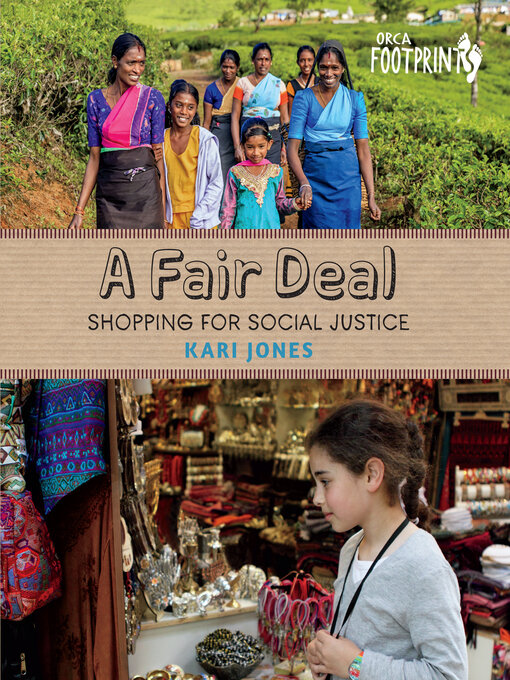"Jones catches the beauty of fair trade in the way it strengthens morale and human dignity for all those engaged."—Kirkus Reviews
Fair trade is not about spending more money or buying more stuff. It's about helping producers in developing countries get a fair price for their goods. A Fair Deal: Shopping for Social Justice provides a history of trade, explaining what makes trade systems unfair and what we can do about it. By examining the ways in which our global trade systems value some people over others, the book illustrates areas in which fair trade practices can help families all around the world and suggests ways to get involved in making the world a more equitable place.




